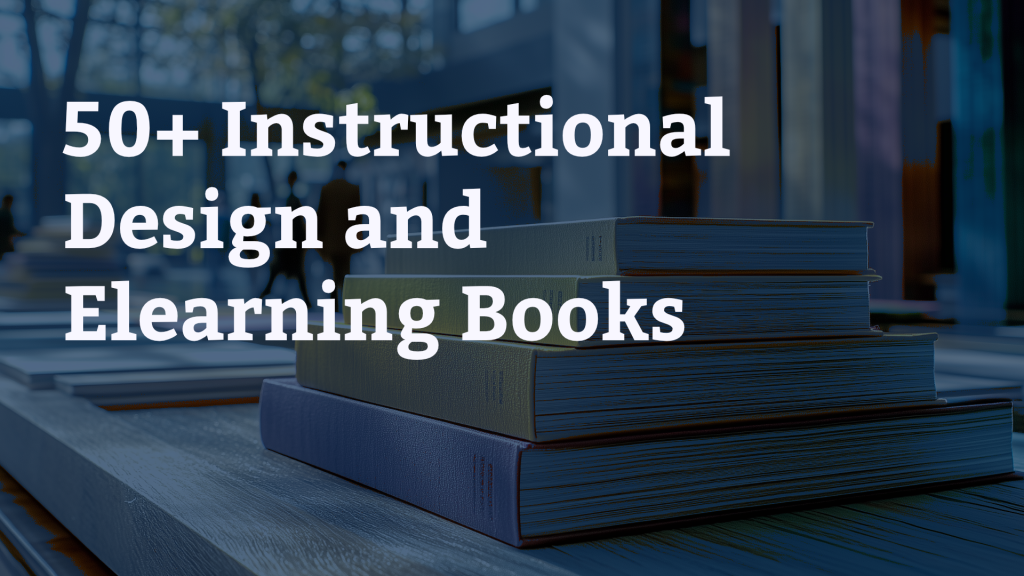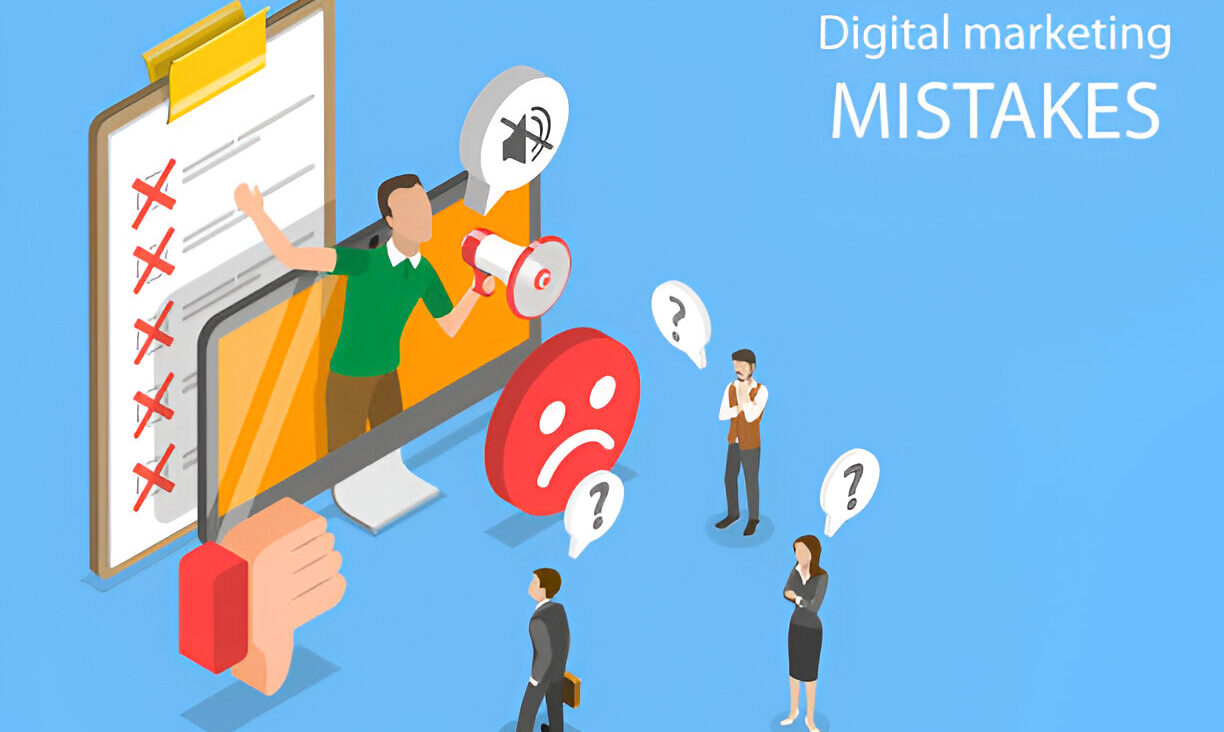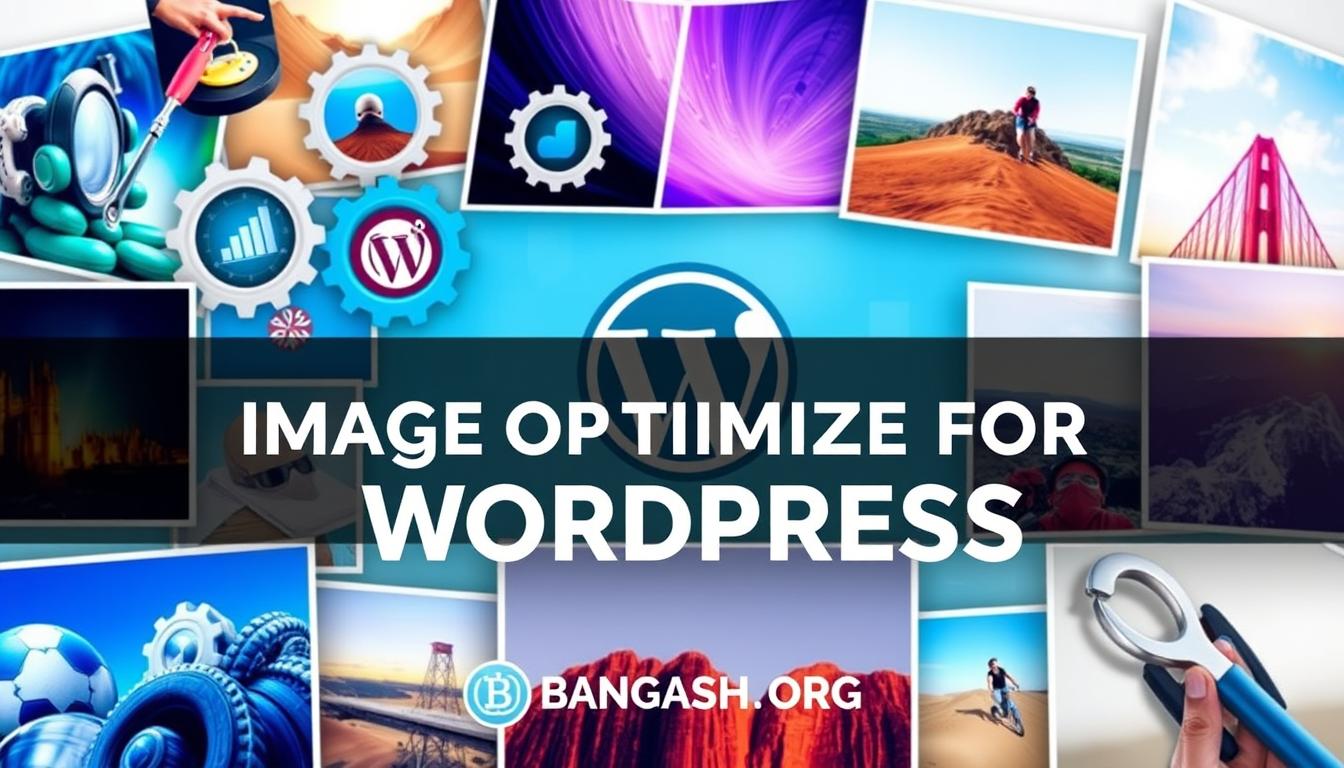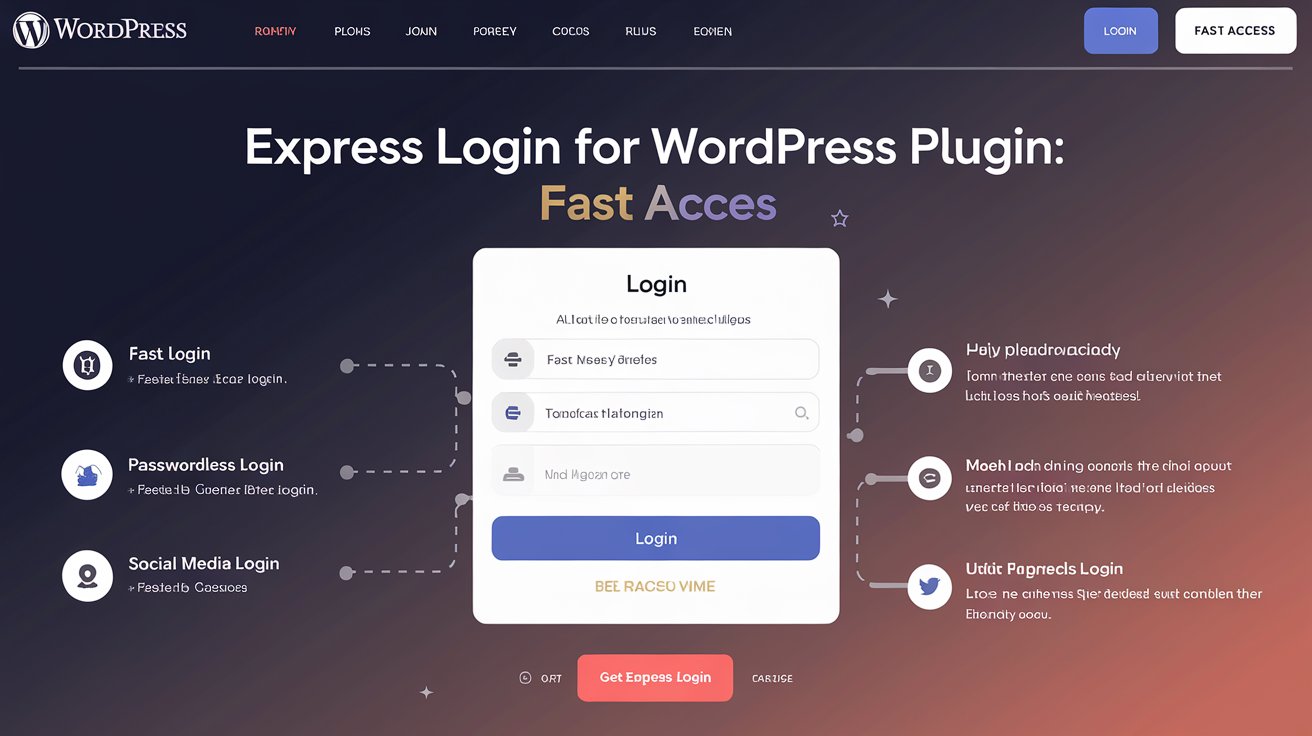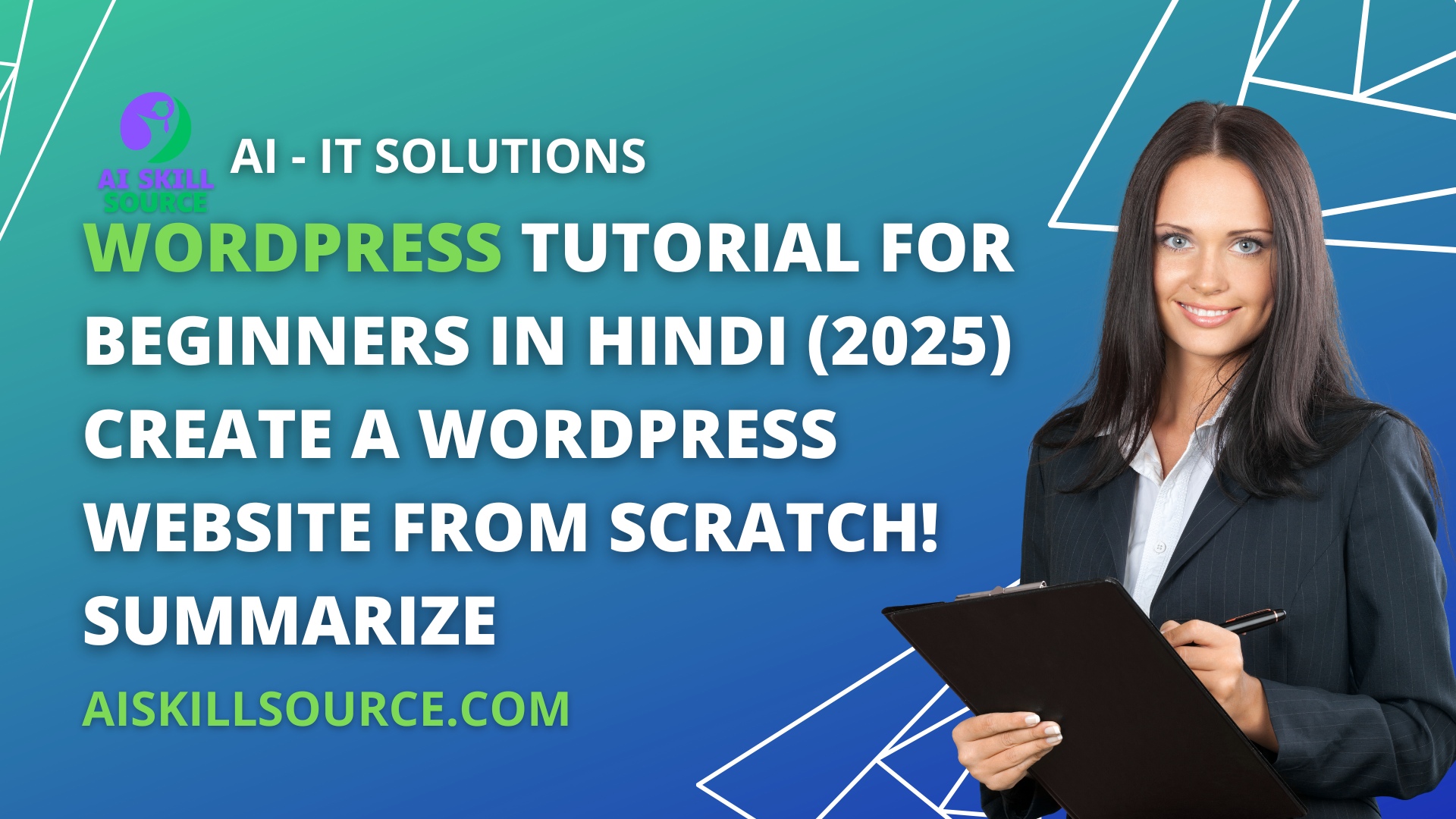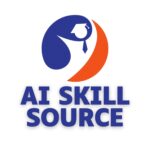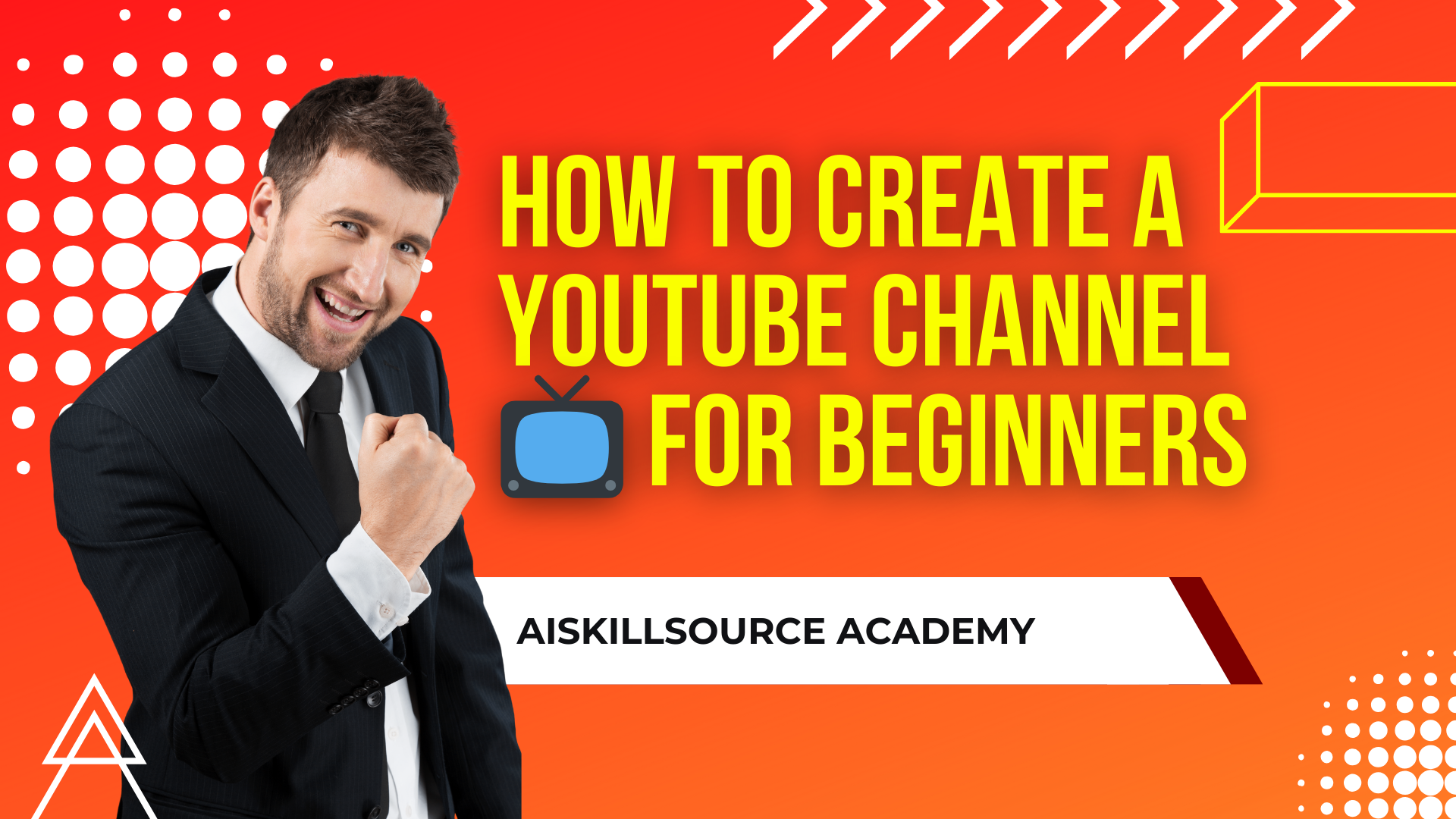This post is my master list of book recommendations, compiled and updated for 2024 from my previous book lists and book reviews. These are some of my favorite instructional design and elearning books, plus recommendations from readers of my blog. This update includes several new additions to my previous lists, bringing the total to over 50 books. For 2024, check out new books by Hadiya Nurridin, Will Thalheimer, and David Merrill.
I use Amazon affiliate links when I recommend books. It doesn’t cost you anything extra, but I receive a small percentage when you purchase a book from my links. That income helps me break even on the cost of hosting and maintaining this blog.

Contents
Jump right to specific topics or scroll through the entire list for some new inspiration.
New for 2024
Quality Management in Learning and Development by Hadiya Nuriddin approaches quality management at a much deeper and more systematic level than the typical method in our field. Instead of doing a little review right before launching a training program, this approach is a way to focus on quality through your entire process. Real my full book review of Quality Management in Learning in Development for more information.
The CEO’s Guide to Training, eLearning & Work: Empowering Learning for a Competitive Advantage by Will Thalheimer explains the value of training for business leaders. If you’re a learning professional working in the trenches and not a leader running a big organization, why should you care about this book? Because learning professionals are also an audience for this book. We need to know these arguments in support of training (and how to make training more effective) if we want to persuade those business leaders.
First Principles of Instruction: An Instructional Design Theory is a collection of David Merrill’s academic papers on his theory of the “First Principles” in instruction. These are the underlying principles shared across multiple other instructional design theories, distilled into a single theory.
Most Popular Books
These are the most popular books from my book list (according to my Amazon reports).
Design For How People Learn by Julie Dirksen is one of my favorite books in the field and a perennial recommendation. I’ve recommended it many times. It’s easy to read and understand. It makes research about learning accessible in ways you can apply immediately. The illustrations are charming and reinforce the concepts well. Read my review for more details.
e-Learning and the Science of Instruction by Ruth Clark and Richard Mayer, now in its fourth edition. This is one of the first books on e-learning I bought, and I still refer to it when I need evidence to justify decisions to clients. Have you ever wondered if formal or conversational style is better for learning (conversational)? Have stakeholders asked if your on-screen text should replicate what’s on the screen (no, it shouldn’t)? This book explains it with the research to back it up.
Performance-Focused Learner Surveys: Using Distinctive Questioning to Get Actionable Data and Guide Learning Effectiveness is the second edition of Will Thalheimer’s book on writing effective surveys for workplace training. Will significantly expanded this edition with many new and updated sample questions and additional explanations from the first edition, which I previously reviewed.
Make It Stick: The Science of Successful Learning aims to help teachers, professors, and those interested in the psychology of how we learn. The authors have done an amazing job of reviewing, summarizing, and organizing dozens of studies about how we learn. As instructional designers, we often work hard to make learning easier, but “desirable difficulties” can actually increase learning. I do wish the book had some visuals to help explain the concepts. As an instructional designer, you’ll need to reflect on your own about how to apply these ideas to your work. Most of the examples are from classrooms, either academic or corporate.
Connie Malamed’s Visual Design Solutions is my favorite book on visual design. It’s the best book for all of those of us who need to communicate visually in our elearning but lack the formal training on how to do so. Unlike a lot of visual design books out there, this book focuses specifically on visual design for learning. Read my full review of Visual Design Solutions.
Instructional Design
Getting Started in ID
The Accidental Instructional Designer by Cammy Bean, newly updated for a second edition in 2023. This book is especially good for career changers and those who landed in instructional design from other fields. It provides a model for the range of skills that fall under the umbrella of “instructional design.” The book includes practical tips on working with SMEs and avoiding interactivity and multimedia for the sake of being flashy. The design models are probably familiar to many with experience in the field. However, they’re very helpful to beginners who want to do more than just the same type of course and interaction for every situation.
Learning Experience Design Essentials by Cara North focuses on practical information and realistic examples for new instructional designers and learning experience designers. The book features 30/60/90-day plans in each chapter to help you apply the concepts and use what you learn.
Next-Level Instructional Design: Master the four competencies shared by professional instructional designers by Susan Nelson Spencer is another book for new instructional designers, especially those changing careers from teaching or graphic design. This book aims to help people who don’t have formal training in instructional design to reach the “next level” by growing their skills. I appreciate how this book connects experiences from other fields to instructional design, helping readers identify what they already know and where they have gaps in their skills.
Training Design Basics by Saul Carliner is a thorough foundation for people just getting started in the field. It’s one of my recommendations for people who are switching to instructional design or training from another career. Read my full review of this practical book.
Robin Sargent wrote The Do It Messy Approach: A Step-by-Step Guide for Instructional Designers and Online Learning Developers for beginners in the field who need to get unstuck and just get started building a sample for their portfolio or another project. The book contains scenarios and activities to help you practice the process in the book.
Everyday Instructional Design: A Practical Resource for Educators and Instructional Designers by Rob Power is available for free and published with a Creative Commons license. This book comes from an instructional technology perspective and is more geared toward instructional designers in higher education environments. The content is based on instructional technology courses Power has taught.
Improving ID Skills
Talk to the Elephant: Design Learning for Behavior Change is Julie Dirksen’s newest book explaining behavior science research. If you’re looking for ways to change behavior and are open to interventions that aren’t necessarily training, this book both shows you how to do that and gives you research to justify a broader approach. Julie explains the COM-B model, an evidence-based model for behavior change, and uses that in examples throughout the book. Use this book to start with the big picture of identifying the problem and what needs to change and then shift down to analyze and prioritize a range of possible interventions.
This is Learning Experience Design: What it is, how it works, and why it matters is by Niels Floor, an early leader in the field of “learning experience design.” He emphasizes innovation, creativity, and empathy for learners in the design process. This book explains his approach to LXD and provides templates and processes you can use to guide your work.
The Guide to Working with Subject Matter Experts (SMEs) is a short (56-page) book by Michele Medved with tips for a productive working relationship with SMEs.
ID Processes
Reverse Training Design: Start at the end to revolutionize corporate learning by Mark Mrohs draws other models to design a process that starts with performance assessments and then works backward to design content that supports that performance. This book cites learning science research to support the approach, including challenging the common 70:20:10 model with updated research. Learning science concepts like cognitive load, desirable difficulty, and spaced recall are woven throughout the book.
ISD From the Ground Up: A No-Nonsense Approach to Instructional Design by Chuck Hodell was suggested by Phrodeo, who used it as a textbook in a course she took.
Marina Arshavskiy’s Instructional Design for ELearning was recommended by another student, Alisa. She said, “I will definitely keep using it after I graduate.”
Streamlined ID: A Practical Guide to Instructional Design: Miriam Larson suggested her textbook, co-authored with Barbara Lockee.
Elearning
The eLearning Designer’s Handbook: a Practical Guide to the eLearning Development Process for New eLearning Designers by Tim Slade walks you through the process of creating elearning from start to finish with real-world examples. Tim’s background is as someone who switched from another career, so his book comes from the perspective of someone who made the transition and figured it out. It’s full of practical tips for beginners who want to create elearning that isn’t awful.
Michael Allen’s Guide to eLearning: Building Interactive, Fun, and Effective Learning Programs for Any Company. All of Allen’s books are focused on helping people design e-learning that is interactive, engaging, and useful.
The E-Learning Uncovered series has been my go-to authoring tool reference books for years. E-Learning Uncovered: Articulate Storyline 360 is the most recent edition of the Storyline books.
E-Learning Uncovered: Lectora by ELB Learning: 2022 Edition by Chris Paxton McMillin and Diane Elkins was released in October 2022. I admit: I don’t use Lectora, and I haven’t read this book. However, I own multiple other books in this series. These books are consistently useful, practical references to get a thorough foundation in authoring tools.
Scenarios, Simulations, and Storytelling
Instructional Story Design: Develop Stories That Train is by Rance Greene. It provides a systematic process for creating stories for training. Even if you don’t consider yourself a storyteller, you can learn to create stories to support learning with this book. Read my review of Instructional Story Design.
Short Sims: A Game Changer by Clark Aldrich teaches you how to create short branching simulations. These interactive learning experiences can often be built in weeks rather than months. The supporting resources for the book include a number of actual short sims so you can see samples for inspiration. Read my full review of Short Sims.
Scenario-based e-Learning by Ruth Clark is similar to eLearning and the Science of Instruction in that it summarizes research findings. This book is specifically focused on developing scenario-based e-learning, including everything from simple branching scenarios to complex simulations.
StoryTraining: Selecting and Shaping Stories That Connect by Hadiya Nuriddin is about finding and crafting the right stories to support and enhance learning.
TED Talks Storytelling: 23 Storytelling Techniques from the Best TED Talks was recommended by Robert Beck. He says, “If IDs keep in mind the elements of a powerful story and how to deliver a spellbinding presentation to an audience, they’ll likely design an effective training product.”
Games and Gamification
The Gamification of Learning and Instruction by Karl Kapp explains how to do more with gamification than just badges and points. Karl summarizes research and game theory and explains how substantive elements of games like narrative can be used to improve learning design. I wrote more about this gamification research previously.
Play to Learn: Everything You Need to Know About Designing Effective Learning Games by Sharon Boller and Karl Kapp. They provide tips for moving beyond shallow “points, badges, and leaderboards” gamification. This is about how to design games that meet learning objectives, rather than generic game design or tool-specific tips.
Visual Design and Usability
Connie Malamed’s Visual Design Solutions is my favorite book on visual design. It’s the best book for all of those of us who need to communicate visually in our elearning but lack the formal training on how to do so. Unlike a lot of visual design books out there, this is focused specifically on visual design for learning. Read my full review of Visual Design Solutions.
Connie’s previous book, Visual Language for Designers, was helpful to me in learning about the fundamentals of visual design.
Robin Williams’s The Non-Designer’s Design Book is a perennial recommendation for learning the basic principles of design and typography.
The Design of Everyday Things by Don Norman isn’t a visual design book, but a user experience design book about the psychology of how we interact with objects. This book is a frequent recommendation for IDs interested in improving the usability of their courses.
Agile Project Management
Agile for Instructional Designers: Iterative Project Management to Achieve Results by Megan Torrance. This book details her company’s approach to project management that is flexible enough to accommodate change even late in the process. It’s not exactly agile software development (for one thing, most IDs work on multiple projects simultaneously). In fact, she calls this LLAMA: a Lot Like Agile Management Approach. You may discover that you’re already doing a lot of iterative development (although maybe not with real users). Even so, the practical tips here can likely help refine your process.
Leaving ADDIE for SAM is a classic in the field. Several people recommended this book. (Including some who said they wished their organizations would pay more attention to it and move to a more agile approach).
Learning Science
General learning science
Make It Meaningful: Taking Learning Design from Instructional to Transformational by Clark Quinn focuses on engagement, motivation, and emotion. This book fills a gap in the field that most other sources don’t address (or only address superficially): the emotional side of how we learn. If you’re looking for ways to level up your instructional design skills and create more meaningful, motivating training, this book should be on your shelf. If it’s out of stock on Amazon, you should still be able to order it directly from the LDA website.
Learning Science for Instructional Designers: From Cognition to Application is another book by Clark Quinn. This is a comprehensive overview of how we learn and remember, including strategies for learning design to take advantage of that research understanding.
Learning Experience Design: How to Create Effective Learning That Works by Donald Clark covers a broad range of topics related to learning experience design (LXD). Common topics like text, audio, and graphics are covered, but so are interface design, AR/VR, gamification, social learning, and curation. Each chapter includes a bibliography of the sources cited, and the research summarized here is extensive. This book contains a significant amount of research translation related to using multimedia and technology for learning.
Richard Mayer’s Applying the Science of Learning was recommended by Clare Dygert, who says, “If you want to create e-learning that works the way a human brain wants it to work, read this book!”
Patti Shank’s series
Patti Shank’s Write and Organize for Deeper Learning is about how to write to better support learning. The recommendations are backed by research, but the book is heavy on practical tips you can immediately apply without getting bogged down in citations. Read my review of Write and Organize for Deeper Learning.
Patti Shank’s Practice and Feedback for Deeper Learning is a summary of tactics you can use to create memorable, relevant practice opportunities and provide constructive, beneficial feedback for learners. Everything in the book is backed by research and written to be immediately usable by instructional designers and trainers. Read my review of Practice and Feedback for Deeper Learning.
Manage Memory for Deeper Learning is Patti’s third installment in her series, sharing research-based tactics for designing learning experiences. This book is focused specifically on how to design around the limitations of human memory.
Patti’s latest addition to the series, Write Better Multiple-Choice Questions to Assess Learning, is specifically about multiple-choice questions. It’s easy to write weak multiple choice questions, but it’s hard to write really strong, valid questions. Patti has taken what she’s learned over the past few years of teaching a course on multiple-choice questions
Debunking myths
Millennials, Goldfish & Other Training Misconceptions: Debunking Learning Myths and Superstitions by Clark Quinn. Clark addresses some of the big myths in the learning field. (No, our attention spans really haven’t shrunk to shorter than a goldfish, and generational stereotypes don’t lead to better learning results.) It’s a quick read, with a brief summary of each myth or superstition. As I explained in my review, this is a good reference for when stakeholders ask you to design based on these misconceptions.
Mirjam Neelen and Paul Kirschner’s Evidence-Informed Learning Design: Creating Training to Improve Performance debunks myths and fads about learning. It also explains techniques that are supported by research, specifically in the context of workplace training.
Psychology Research
Daniel Pink’s Drive explains three principles of motivation that go deeper than just rewards and punishments: autonomy, mastery, and purpose. More money won’t always motivate behavior change (in fact, sometimes it might be counterproductive). Helping people improve their skills can be even more motivating, and that’s certainly part of what we should be doing as instructional designers.
Made to Stick: Why Some Ideas Survive and Others Die is about why some stories and ideas are memorable while others aren’t. Robert Beck says, “Its principles are ones that I often turn to for reminders of how to make learning more compelling and memorable.”
Atomic Habits by James Clear isn’t about learning or memory. So why is it on my book list? It’s about changing behavior–and isn’t that what most workplace training is supposed to achieve? While this is written for individuals who want to change their own behavior, much of this could be applied to improving workplace performance. If you’re looking for ways to change the work environment to encourage specific behaviors, this book is worth reading.
Performance Consulting
Cathy Moore’s Map It explains her action mapping process in detail from start to finish. This is about how to move away from passive content presentation and into training that provides real challenges and practice. She also discusses when training isn’t the solution and other approaches would be more effective. In that respect, it’s more like performance consulting than just instructional design.
Mike Taylor recommended Dana and Jim Robinson’s Performance Consulting. Mike says this book isn’t very recent, but it remains relevant.
Consulting and Freelancing
Richard Watson has published three ebooks on the practicalities of freelancing in the e-learning field. All three combine Richard’s personal stories about his freelancing journey with practical tips for creating and running a freelance business. I reviewed the complete series of ebooks. (These are free with Kindle Unlimited.)
Joel Gendelman’s Consulting Basics was a critical resource for me when I made the leap from being an employee to being a freelance instructional designer. I recommend this book to people who are just getting started in the freelance world. The tips are practical and concrete. My own consulting agreements borrow heavily from the examples provided in this book. This book is focused on freelance training and training design work.
Peter Block’s Flawless Consulting is about treating consulting as a business and building relationships with clients.
Other Topics
Microlearning: Short and Sweet by Karl Kapp and Robyn Defelice provides an overview of the microlearning strategy, supported by research, from start to finish. Read my full review.
Interact and Engage! (2nd edition): 75+ Activities for Virtual Training, Meetings, and Webinars by Kassy LaBorie and Tom Stone is full of activities for virtual trainers or anyone running webinars and meetings. Given the increasing importance of virtual instructor-led training in the L&D field, this is a great resource for inspiration to make your next virtual training more than just a presentation with chat.
The Modern Learning Ecosystem by JD Dillon focuses on ways to support learning and performance beyond creating courses. JD explains how to create support in the workflow to
Show Your Work by Jane Bozarth. This book explains how to “show your work” by sharing what you’re doing and learning. The book explains the benefits of creating a culture where people share their processes and discoveries.
The Art of Explanation by Lee LeFever of Common Craft explains how to make information easier to understand. Luis Flores suggested this, explaining, “As we create leaner and quicker learning experiences, being able to distill content is a skill that is indispensable.”
Ieva Swanson recommended The Essential Persona Lifecycle by Adlin and Pruitt. I have seen examples of personas used effectively for different projects, including creating a learning portal.
================
AISKILLSOURCE.COM
